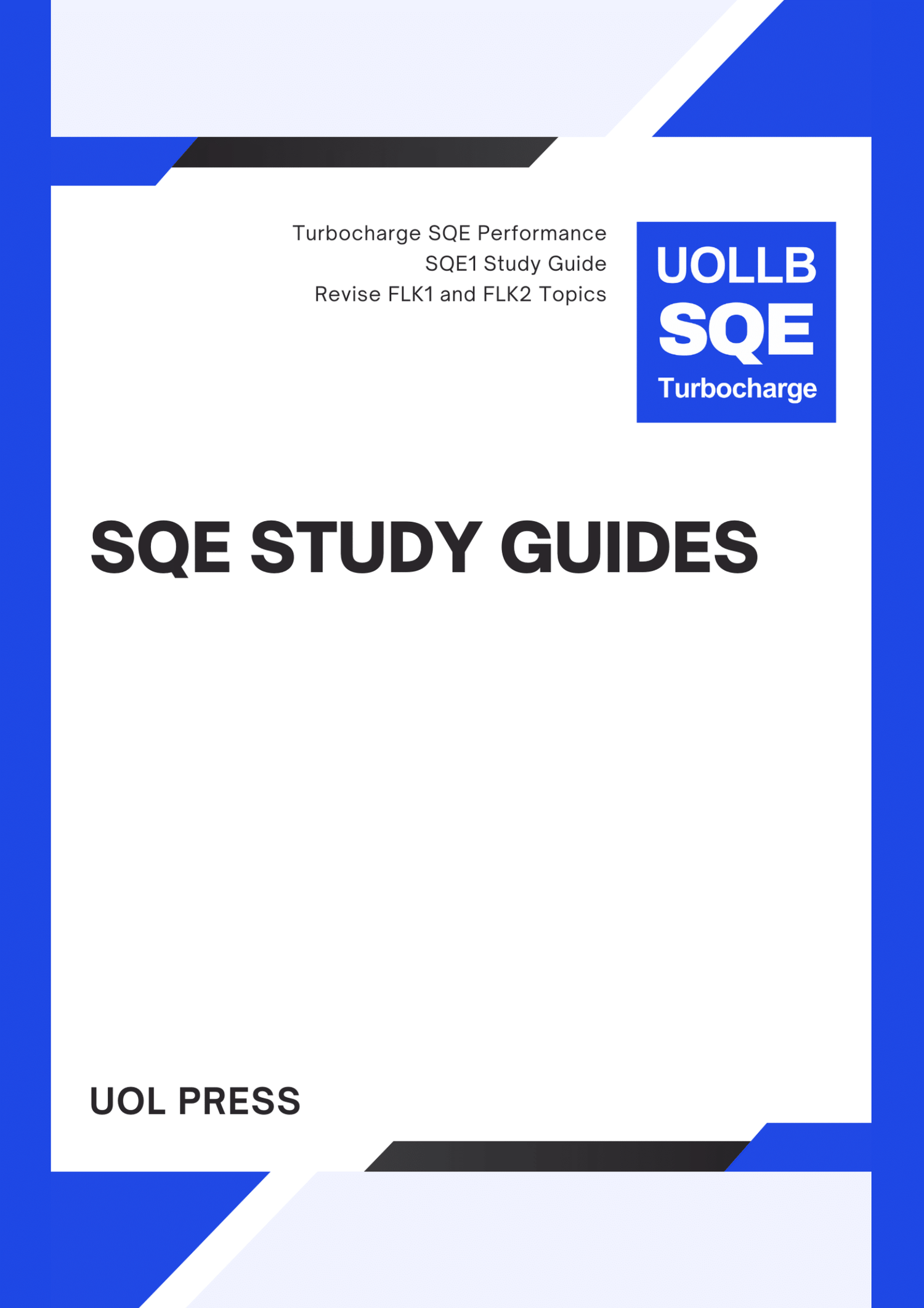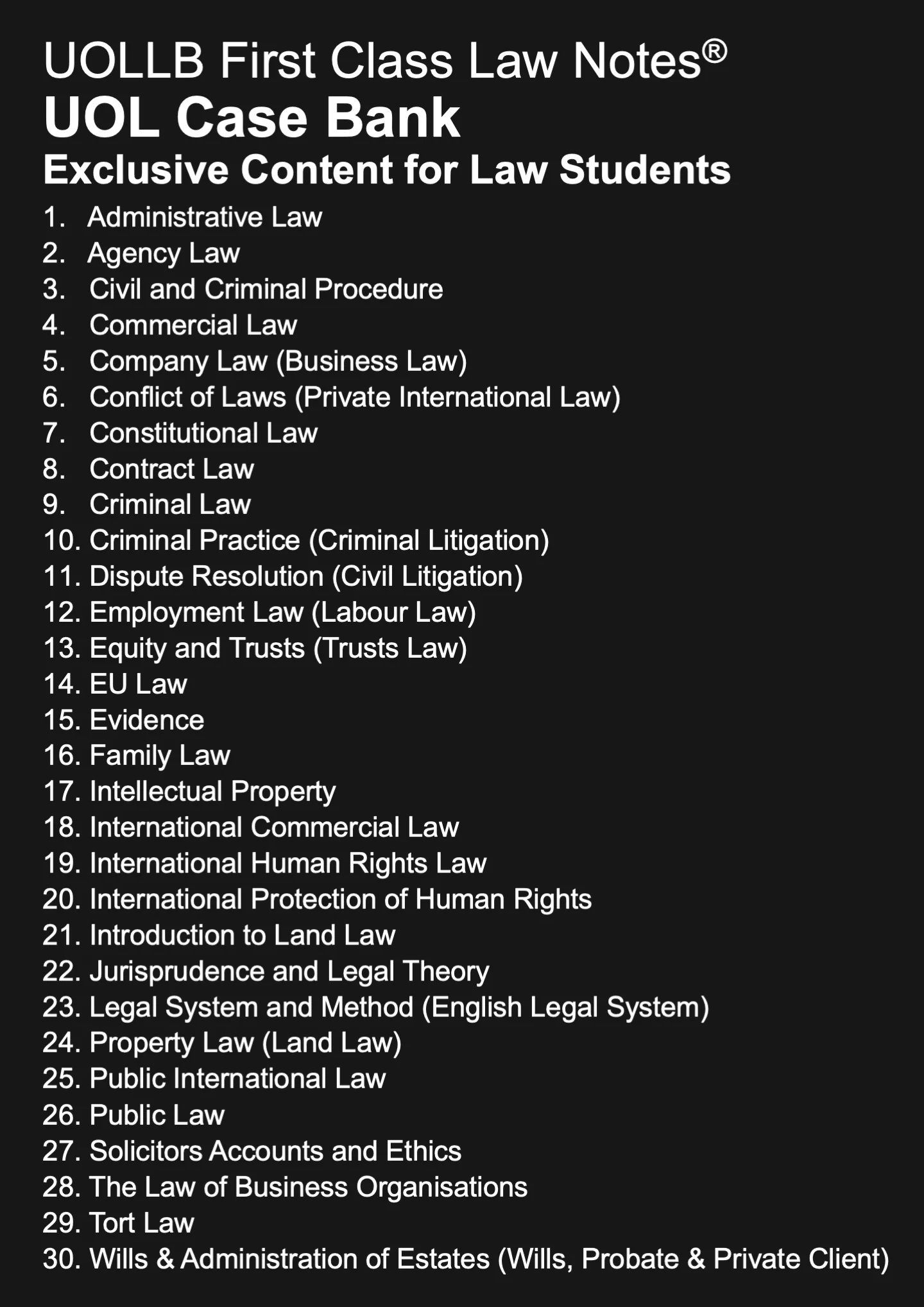Features of Legal English
Share
Legal English has several unique features that set it apart from standard English. Some of the most important features of legal English include:
Use of technical terminology: Legal English incorporates a significant amount of technical terminology that is specific to the legal profession. This includes terms of art that have specific meanings in legal contexts such as void ab initio, forum conveniens, and promissory estoppel. Many of these terms are derived from French and Latin.
Special meanings: The meanings of legal phrases and terms are often different from the ordinary meanings in daily English. For example, the term consideration in contract law is defined as 'a right, interest, profit, benefit, or forbearance, detriment, loss, responsibility' in Currie v Misa (1875).
Lack of punctuation: Legal documents, particularly conveyances and deeds, often lack punctuation, which can make them difficult to read and understand. However, modern legal English encourages the use of punctuation to avoid ambiguity.
Use of doublets and triplets: Legal English often strings together two or three words to convey a single legal concept, such as 'null and void', 'fit and proper', and 'terms and conditions'. This practice originated from the mix of languages used in early legal documents.
Unusual word order: Legal English often uses a different word order than standard English, such as 'will at the cost of the borrower forthwith comply with the same' and 'the provisions for termination hereinafter appearing'. This can include placing adjectives before nouns or using passive voice.
Use of unfamiliar pro-forms: Legal English uses pro-forms such as 'the said' or 'the aforementioned' to modify nouns. Pro-forms in legal English do not replace the head noun but are used as adjectives to modify the noun, such as 'the said Robert Young'.
Use of pronominal adverbs: Legal English uses words like 'hereof,' 'thereof,' and 'whereof' to avoid repeating names or phrases such as 'the party hereto' instead of 'the parties to this contract'.
-er, -or, and -ee name endings: Legal English often uses alternative endings to indicate the reciprocal and opposite nature of relationships, such as lessor and lessee, legator and legatee, employer and employee, etc.
Use of phrasal verbs: Legal English uses phrasal verbs in a quasi-technical sense, such as "enter into contracts", "serve upon other parties", and "write off debts".
Operation within a specific disciplinary value system: Legal English operates within a specific value system that is delimited by professional, epistemological, and pragmatic concerns. This includes using words like "reasonable," "proper," "clear," and "appropriate" to convey legal concepts.
Use of technical terminology: Legal English incorporates a significant amount of technical terminology that is specific to the legal profession. This includes terms of art that have specific meanings in legal contexts such as void ab initio, forum conveniens, and promissory estoppel. Many of these terms are derived from French and Latin.
Special meanings: The meanings of legal phrases and terms are often different from the ordinary meanings in daily English. For example, the term consideration in contract law is defined as 'a right, interest, profit, benefit, or forbearance, detriment, loss, responsibility' in Currie v Misa (1875).
Lack of punctuation: Legal documents, particularly conveyances and deeds, often lack punctuation, which can make them difficult to read and understand. However, modern legal English encourages the use of punctuation to avoid ambiguity.
Use of doublets and triplets: Legal English often strings together two or three words to convey a single legal concept, such as 'null and void', 'fit and proper', and 'terms and conditions'. This practice originated from the mix of languages used in early legal documents.
Unusual word order: Legal English often uses a different word order than standard English, such as 'will at the cost of the borrower forthwith comply with the same' and 'the provisions for termination hereinafter appearing'. This can include placing adjectives before nouns or using passive voice.
Use of unfamiliar pro-forms: Legal English uses pro-forms such as 'the said' or 'the aforementioned' to modify nouns. Pro-forms in legal English do not replace the head noun but are used as adjectives to modify the noun, such as 'the said Robert Young'.
Use of pronominal adverbs: Legal English uses words like 'hereof,' 'thereof,' and 'whereof' to avoid repeating names or phrases such as 'the party hereto' instead of 'the parties to this contract'.
-er, -or, and -ee name endings: Legal English often uses alternative endings to indicate the reciprocal and opposite nature of relationships, such as lessor and lessee, legator and legatee, employer and employee, etc.
Use of phrasal verbs: Legal English uses phrasal verbs in a quasi-technical sense, such as "enter into contracts", "serve upon other parties", and "write off debts".
Operation within a specific disciplinary value system: Legal English operates within a specific value system that is delimited by professional, epistemological, and pragmatic concerns. This includes using words like "reasonable," "proper," "clear," and "appropriate" to convey legal concepts.

























































